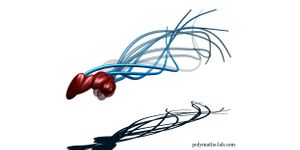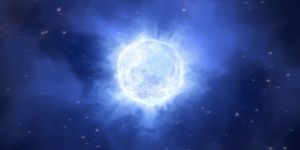Scientists capture the seismic signals of the aurora borealis
A team of seismologists reports capturing the aurora lights not on cameras, but on seismometers. They say that three 2019 aurora events recorded seismic and magnetic signals via seismometers and magnetometers, while also photographing the astounding visual events on all-sky cameras. Their report, published in the journal Seismological Research Letters, demonstrates the possibility of observing the same phenomenon in different ways.
The northern lights, also known as the aurora borealis, is a fantastical event that many people dream of seeing. It occurs when solar winds (plasma ejected from the Sun's surface) enter the magnetic field around the Earth, resulting in the collision of particles that generate colorful lights in the sky. The lights also correlate with fluctuations in the magnetic field, which can affect infrastructure like electrical grids, GPS systems. That’s one of the reasons why scientists use magnetometers to monitor the aurora.
Led by University of Alaska Fairbanks seismologist Carl Tape and colleagues, the research team says the events in 2019 offered an opportunity to pair usually-competing instruments together in order to look at a wider picture of the aurora. They used seismometers from the EarthScope project that are established across Alaska and Canada.
"It can be hard to be definitive that these seismometer recordings are originating from the same influence as what's going on 120 kilometers up in the sky," Tape said. "It helps to have a simultaneous view of the sky to give you more confidence about what you're seeing from the signals at ground level."
While scientists usually try to hide their seismic stations from receiving magnetic fields in order to get accurate data, this team was interested in combining techniques. "I was blown away by how well you can record magnetic storms across the array," said U.S. Geological Survey seismologist Adam Ringler.
While this finding is nothing new (the connection between the aurora borealis and magnetic perturbations was first noted in 1741 in Sweden), the researchers hope they can add to the understanding we have of magnetic storms and directional studies of the aurora.
"People have been making these connections for 250 years," Tape said. "This shows that we can still make discoveries, in this case with seismometers, to understand the aurora."
Sources: Seismological Research Letters, Science Daily








